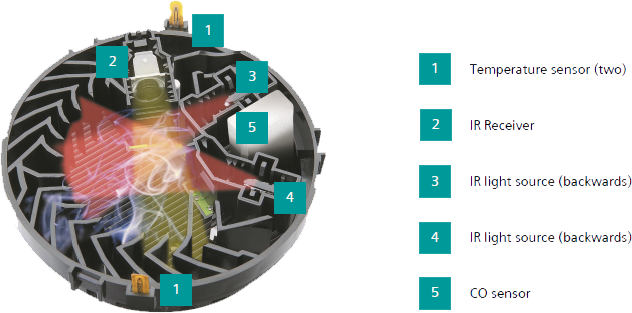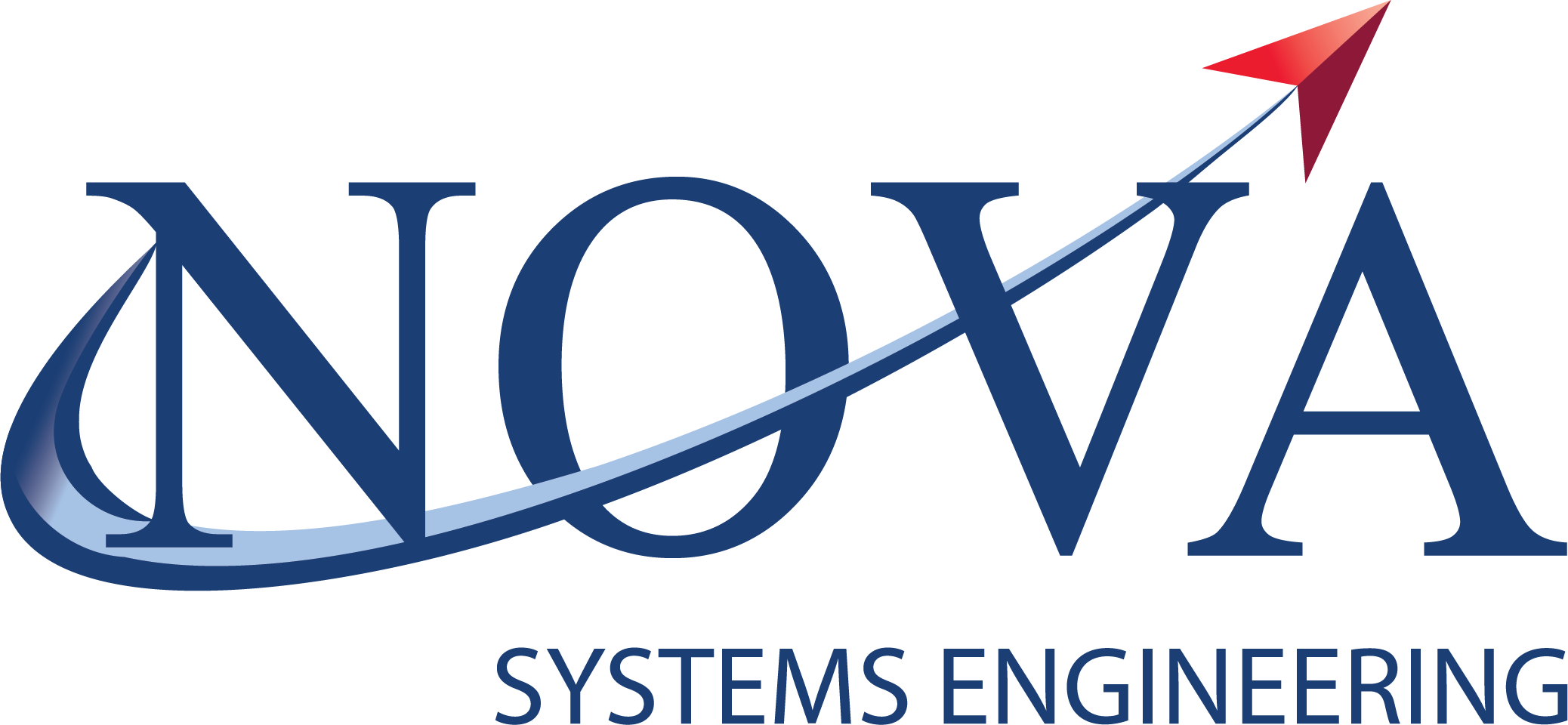ASA Detector Siemens
Say Goodbye to Manual Bakhoor Mode Activation with Siemens ASA Detectors
Siemens ASA Detectors are designed to detect only genuine fires, ignoring disturbances from bakhoor, vape, and cooking fumes. With no need for manual activation, the risk of missing a real fire emergency is eliminated. This advanced automation enhances fire safety by ensuring a rapid and accurate response when needed.
Reduce Fire Alarm Noise in Your Villa with Siemens ASA Detectors
Frequent false fire alarms create unnecessary noise, disrupt your daily activities, and erode trust in fire alarm systems. The Siemens ASA detectors minimize these false alarms, ensuring alarms only activated during real threats. This reliability builds confidence and security, allowing you to focus on your daily life without unnecessary interruptions.
Real-World Scenarios: How Siemens ASA Detectors Tackle Common False Alarms
Here’s how ASA detectors excel in distinguishing false alarms from real fires, thus preventing transmission of false alarms to the Hassantuk system:
Bakhoor (Incense): Unlike typical smoke detectors, ASA detectors recognize the specific particle size and spectral composition of bakhoor smoke, preventing false alarms while letting the pleasant aroma to linger.
Vape: The vapor produced by electronic cigarettes, also known as vapes, is often mistaken for smoke and can trigger standard detectors. ASA technology, however, identifies the distinct properties of vape vapor, avoiding unnecessary alarms.
Cooking Fumes: Cooking fumes, especially those from high-heat culinary activities, can occasionally trigger false alarms. ASA detectors, equipped with advanced algorithms, differentiate between the transient nature of cooking fumes and the persistent presence of fire smoke, ensuring that only genuine fire incidents trigger an alarm.
Incense: Standard smoke detectors often mistake incense smoke for a fire hazard. ASA detectors, through their advanced algorithms, can effectively differentiate between incense smoke and fire smoke, preventing false alarms.
Sensor Design of an ASA Detector
A dual-scattering ASA detector consists of the following sensing components:
1. Two infrared semi-conductor light sources positioned relative to the receiver (3) to obtain a forward scattering angle of approximately 60 degrees and a backward-scattering angle of approximately 120 degrees.
2. A red cone of light emerging from the two light sources (1).
3. Receiver for infrared light with spatial characteristics indicated in green; these intersect with the light cones (2) and form the scattering volume.
4. Labyrinth or light trap, which suppresses the biasing of the receiver element due to the light not scattered by smoke; labyrinth must be open enough to allow for smoke penetration into the measurement volume and ensure a uniform directional response. This is one of the key detection components [6].
5. Two sensors to measure the temperature of ambient air; these are positioned 180 degrees apart to equalize response to temperature changes, measured in all directions, while also enabling a low-profile detector.
6. CO sensor (in some models) to measure the instantaneous concentration of carbon monoxide in the ambient air; these sensors detect low levels of CO to increase the sensitivity of the detector without increasing the rate of false alarms [7].
Tired of False Fire Alarms? Discover the Siemens ASA Detectors
For the Hassantuk fire alarm system, early and precise detection is critical for protecting lives and property. Traditional systems often struggle to differentiate between real fires and false alarms, causing unnecessary disruptions. The Siemens ASA detectors utilize Advanced Signal Analysis (ASA) technology to bring you a fire protection solution that prioritizes reliability and efficiency.
Where to Use Siemens ASA Detectors
Siemens ASA detectors are versatile and suitable in a wide variety of applications, including:
Commercial Buildings: Protect structures from fire damage and reduce operational downtime.
Residential Buildings: Protect homes from fire and provide peace of mind to homeowners.
Private Villas: Offer villa owners peace of mind with minimal staff intervention.
Industrial Facilities: Secure industrial sites from fires and reduce false alarm-related downtime.
Schools: Protect students and minimize educational disruptions, ensuring a secure educational environment.
Hotels: Enhance guest experiences by avoiding unnecessary evacuations and ensuring dependable fire detection.
Hospitals: Improve patient care with fewer false alarms and a reliable fire detection system tailored for healthcare settings.
The Science Behind ASA Technology
Exploitation of two different angles for sensing of scattered infrared light allows for discrimination of different fire types. In the same housing, two temperature sensors and in a separate product version a CO sensor provide signals that are combined for evaluation of instantaneous fire threat. Signal processing makes use of real-time recognition of fire signatures that allow for the dynamic adjustment of detector response.
This approach leads to an equalized response in detection of both flaming (open) and smouldering fires, which is otherwise achievable only by combining fundamentally different and less environmentally friendly technologies.
These algorithms are adept at identifying the unique signatures of fire smoke, such as its particle size, density, and light-scattering properties. By discerning these distinct patterns, ASA detectors can effectively differentiate between real fire and harmless phenomena like dust, steam, cooking fumes, or even bakhoor, vape, and incense.

Siemens ASA detectors help avoid false alarms to Hassantuk, ensuring that real fires are detected earlier, allowing more time for effective response of extinguishing and evacuation. The principal requirement for any fire detection system is early and reliable alarming in the event of a fire, and the earliest possible detection is thus the key to minimizing damage, protecting data and assets, and gaining intervention time. Siemens ASA technology based on the reliable sensor signals enables the detector to dynamically adapt and respond to different fire types, different environments, and different application parameters.


